Materials
Popular Materials for bags and boxes
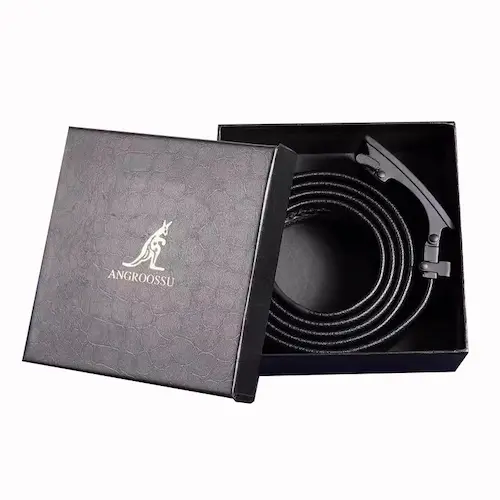
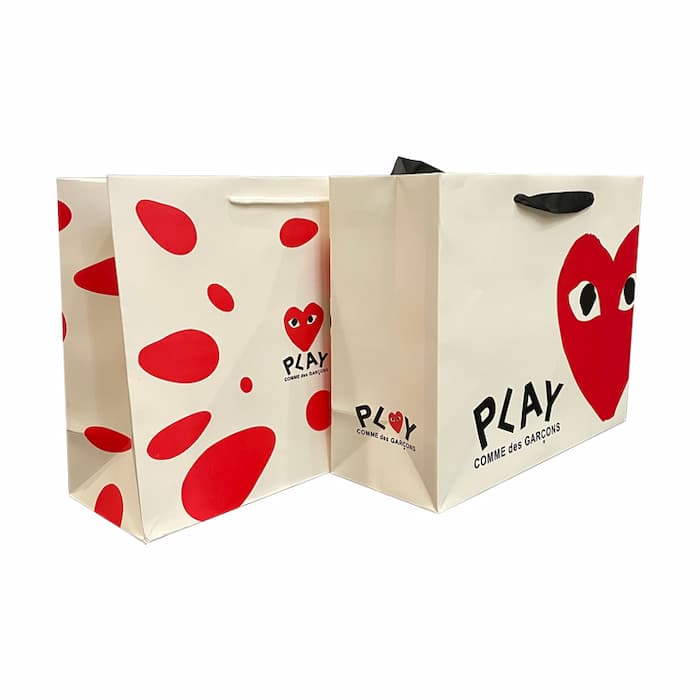
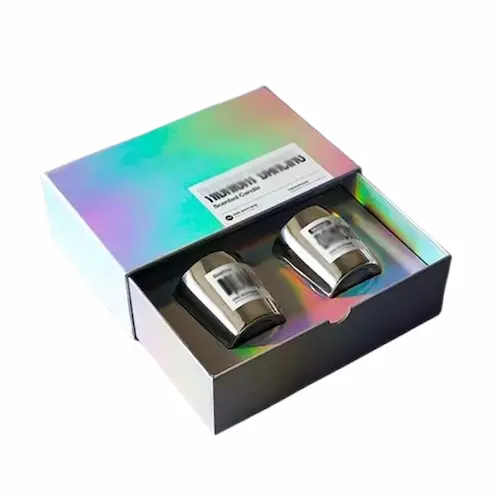
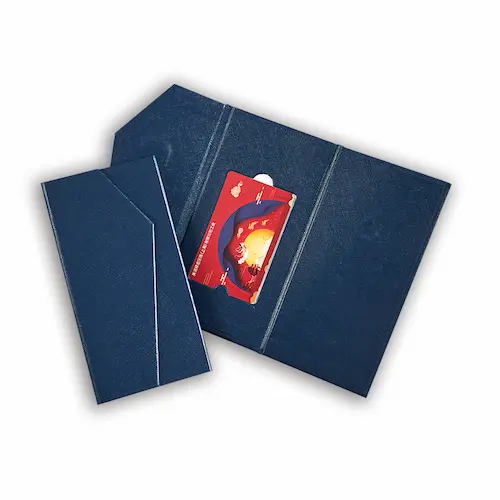
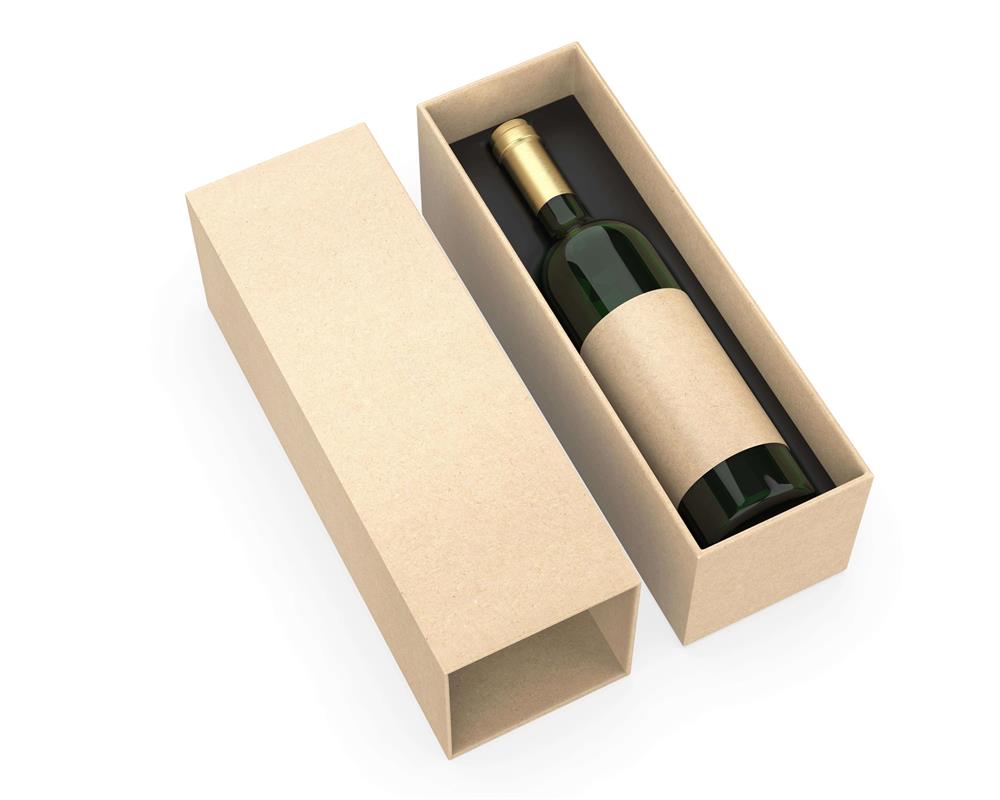
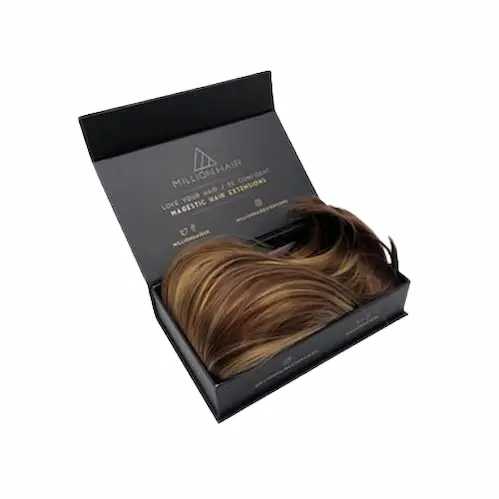
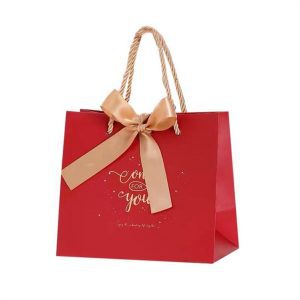
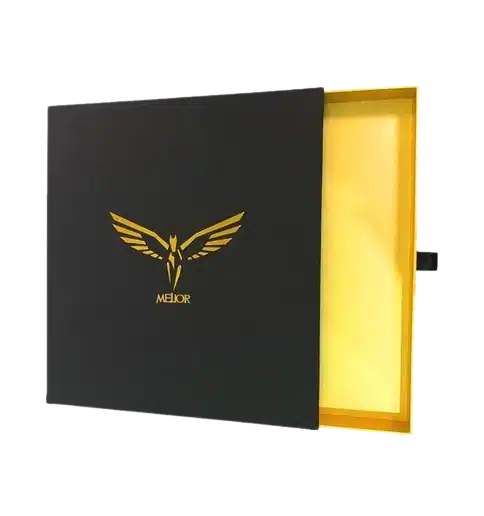
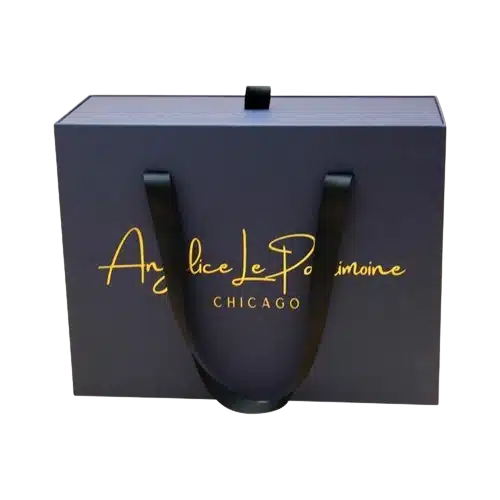

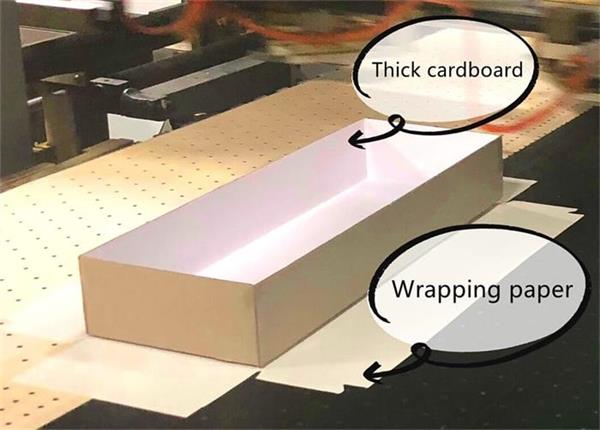
Composition materials of paper boxes
- Wrapping paper (e.g., art paper, coated/uncoated kraft) defines aesthetics and printability, offering gloss/matte finishes for branding visuals.
- Cardboard (rigid recycled pulp core) provides structural strength, with thickness (e.g., 1.5mm-3mm) tailored to box durability and weight-bearing needs.
- Combined, they balance form and function: premium boxes use high GSM face paper + thick greyboard for luxury goods, while eco-friendly options pair recycled kraft with FSC-certified cores.
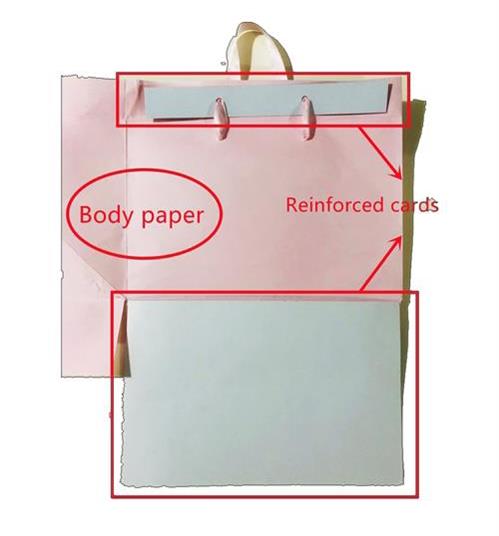
Composition materials of paper bags
- Body paper (e.g., art paper, coated/uncoated kraft) The common gsm are below 120 / 150 /157/190/250/300g paper
- Reinforced top and bottom cardboard (rigid recycled pulp core) provides structural strength, with thickness tailored to bag durability and weight-bearing needs. The materials are 250 / 300 /350 / 450 / 500g grey board.
- Combined, they balance form and function: luxury jewelry bags use thick GSM face paper + thick greyboard for luxury goods, while eco-friendly options pair recycled kraft with FSC-certified cores.
How to choose the materials for my packaging
- Prioritize durability and purpose (e.g., thick kraft paper for heavy items, lightweight recycled paper for eco-friendly branding).
- Align with brand aesthetics using textures/coatings (matte for luxury, uncoated for rustic appeal) and certified materials (FSC-certified ).
- Balance cost and environmental impact by selecting recyclable/compostable options that meet budget and shipping requirements (e.g., reinforced handles for bags, crush-resistant boxes).
